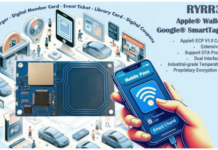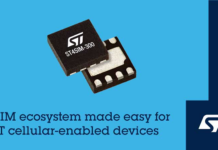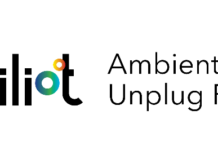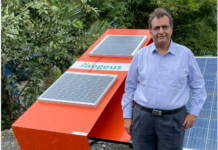
Open source software lifecycle group the Eclipse Foundation has laid down additional cornerstones that it is hoping will bring more unity and compatibility to the IoT.
The Eclipse Internet of Things Working Group has created the Eclipse IoT Open Testbeds initiative, in order to champion the adoption of IoT open standards.
What is a technology testbed?
A tech testbed is typically made up of a defined set of computing resources including: hardware, software, operating system, network configuration parameters, memory, Input/Output controls, wider ‘system’ level management software, a chunk of dummy or obfuscated data, and essentially, the specific thing, app, software module (or class or library) web service or other element being tested.
Eclipse says it will work on testbeds that can be used to create real-world, industry-specific IoT solutions. The problem, according to an official statement from Eclipse, is that many IoT installations require the integration of technology from many vendors and open source communities.
“A typical IoT solution will require specialized sensors and actuators, embedded software, IoT gateways, networking and connectivity solutions, cloud computing and enterprise integration software and specialized application knowledge,” said the organization, in a press statement.
The Eclipse IoT Open Testbeds are collaborations between vendors and open source communities to demonstrate and test commercial and open source components needed to create specific industry solutions. Each testbed will deliver a running solution and make its source code available under an open source license.
Testbed #1: Asset tracking
The first testbed initiated will focus on Asset Tracking Management and will feature some well-known industry names. Participants will be Red Hat (lead), Azul Systems, Eurotech, Samsung and the (recently acquired by Red Hat) developer workspace server and cloud IDE company Codenvy.
But why is asset tracking so crucial to the IoT? There is a logical reason. Many high-value corporate assets move through airports, railways, shipping ports and via road transport. These assets need to be monitored in real-time for location and environmental conditions, like temperature, vibration, humidity and so on.
The Asset Tracking Management testbed will demonstrate and test how assets with various sensors can be tracked via different IoT gateways that report the data in real time to an IoT cloud platform, or use the events to automate control of various systems.
“A key benefit [of The Eclipse IoT Open Testbeds] will be that the source code will be available as open source, so each testbed can be recreated and reused,” said Mike Milinkovich, executive director of the Eclipse Foundation.
The debut of the Asset Tracking Management Testbed took place at the Red Hat Summit conference in May 2017. Developers can propose new testbed projects here.
Source: internetofbusiness.com


















